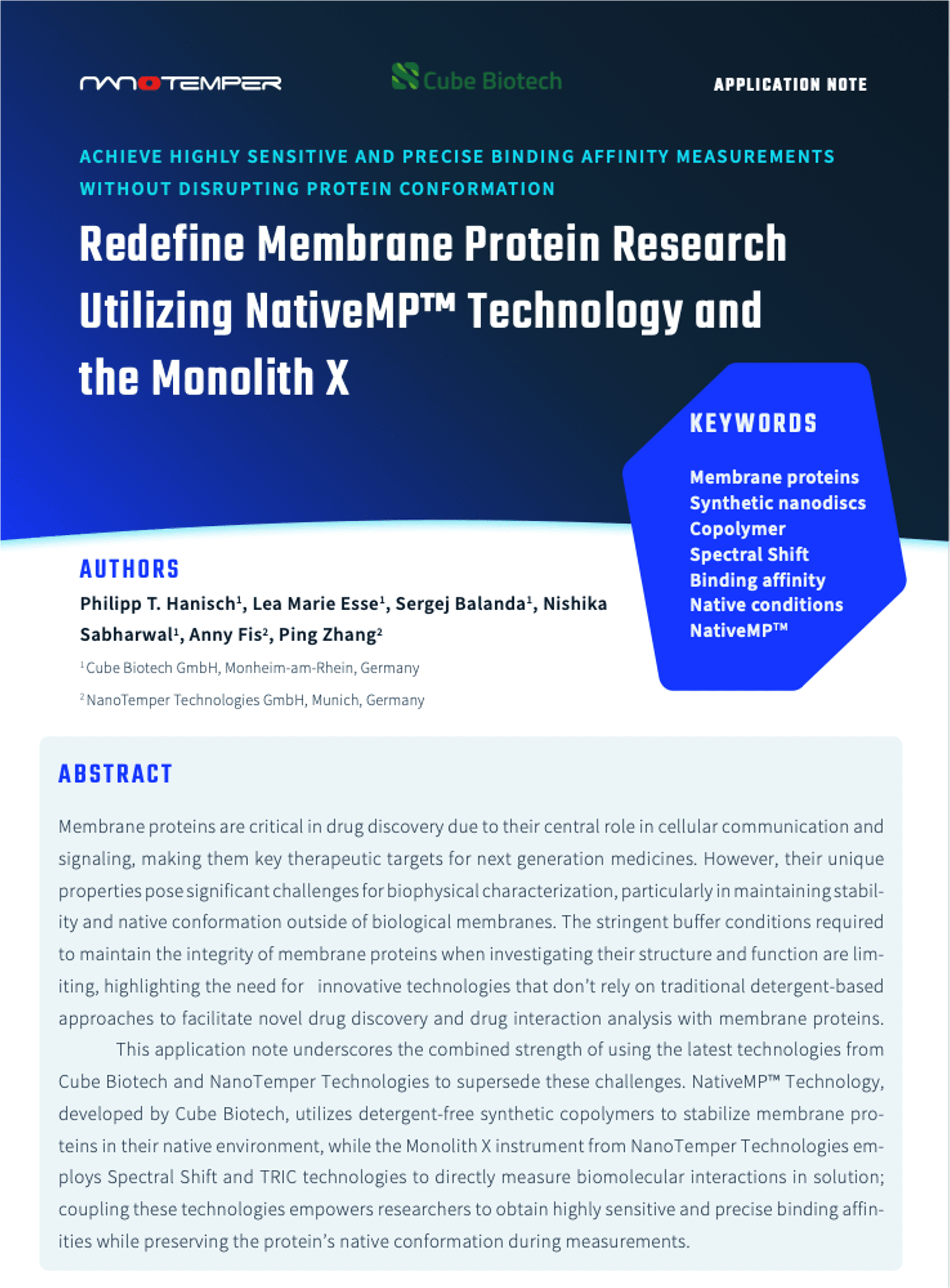Alejandro Berna-Erro, Mercè Izquierdo-Serra, Romina V. Sepúlveda, Fanny Rubio-Moscardo, Pau Doñate-Macián, Selma A. Serra, Julia Carrillo-Garcia, Alex Perálvarez-Marín, Fernando González-Nilo, José M. Fernández-Fernández & Miguel A. Valverde
Scientific Reports
2017 vol: 7 article number: 10522 doi: 10.1038/s41598-017-11274-1
Abstract
TRPV4 cation channel activation by cytochrome P450-mediated derivatives of arachidonic acid (AA), epoxyeicosatrienoic acids (EETs), constitute a major mechanisms of endothelium-derived vasodilatation. Besides, TRPV4 mechano/osmosensitivity depends on phospholipase A2 (PLA2) activation and subsequent production of AA and EETs. However, the lack of evidence for a direct interaction of EETs with TRPV4 together with claims of EET-independent mechanical activation of TRPV4 has cast doubts on the validity of this mechanism. We now report: 1) The identification of an EET-binding pocket that specifically mediates TRPV4 activation by 5′,6′-EET, AA and hypotonic cell swelling, thereby suggesting that all these stimuli shared a common structural target within the TRPV4 channel; and 2) A structural insight into the gating of TRPV4 by a natural agonist (5′,6′-EET) in which K535 plays a crucial role, as mutant TRPV4-K535A losses binding of and gating by EET, without affecting GSK1016790A, 4α-phorbol 12,13-didecanoate and heat mediated channel activation. Together, our data demonstrates that the mechano- and osmotransducing messenger EET gates TRPV4 by a direct action on a site formed by residues from the S2-S3 linker, S4 and S4-S5 linker.
Topics: Ion channel signalling, Vasodilation, Monolith – MicroScale Thermophoresis, MST, Proteins, Publications












